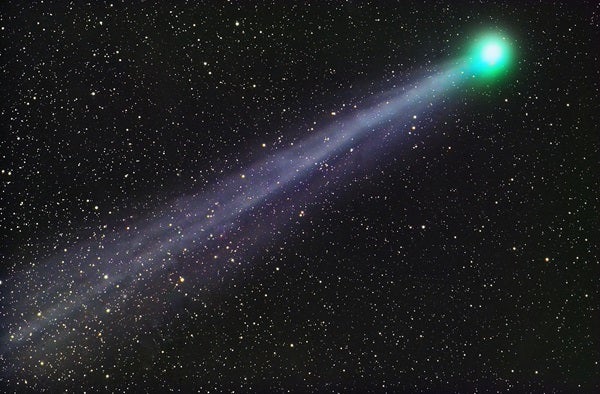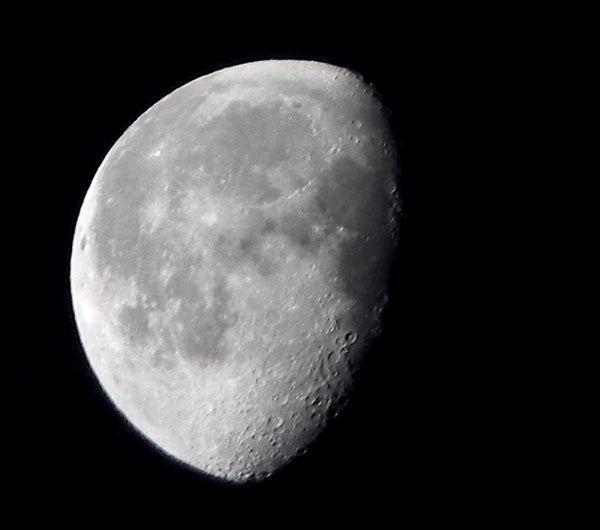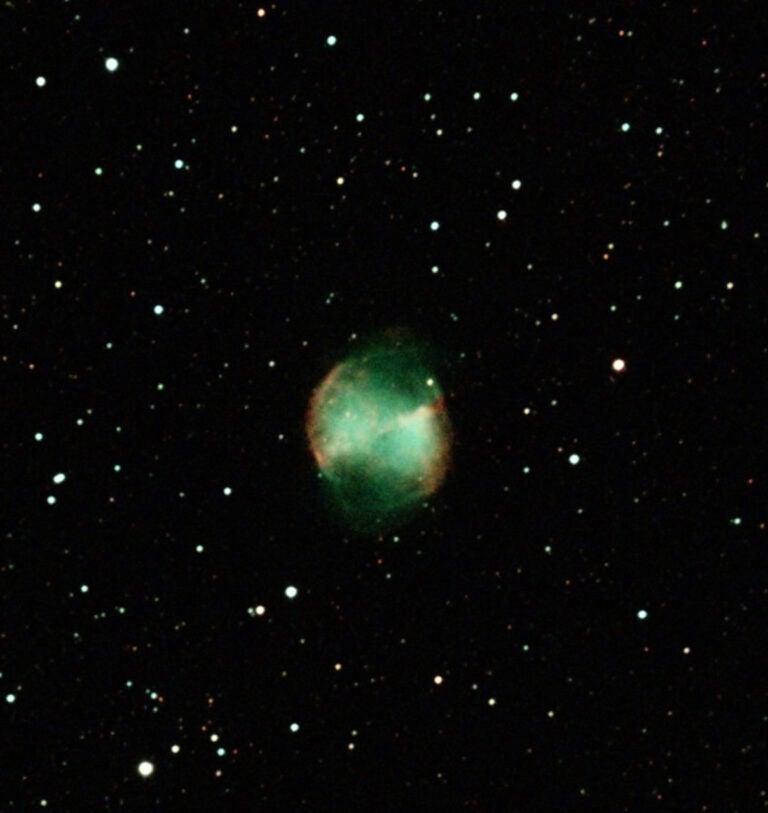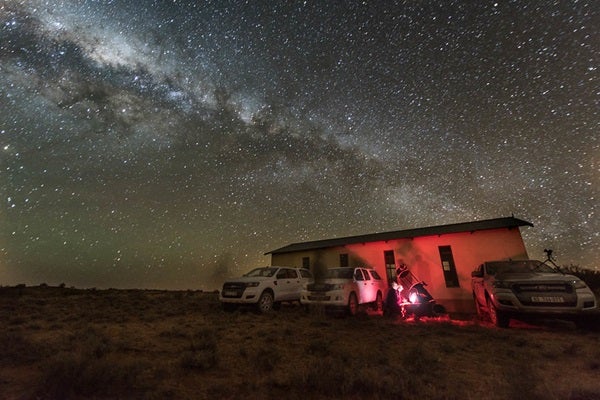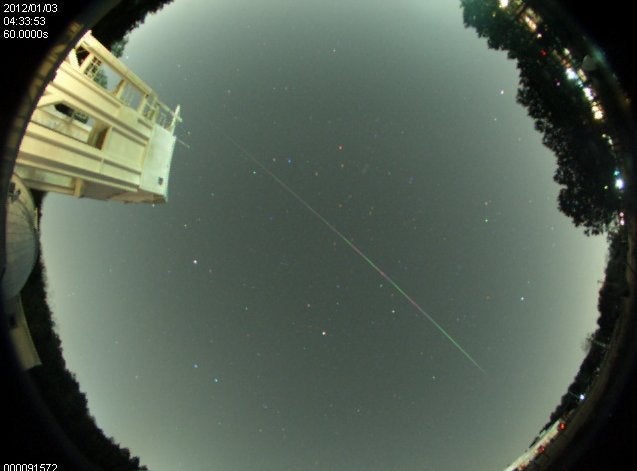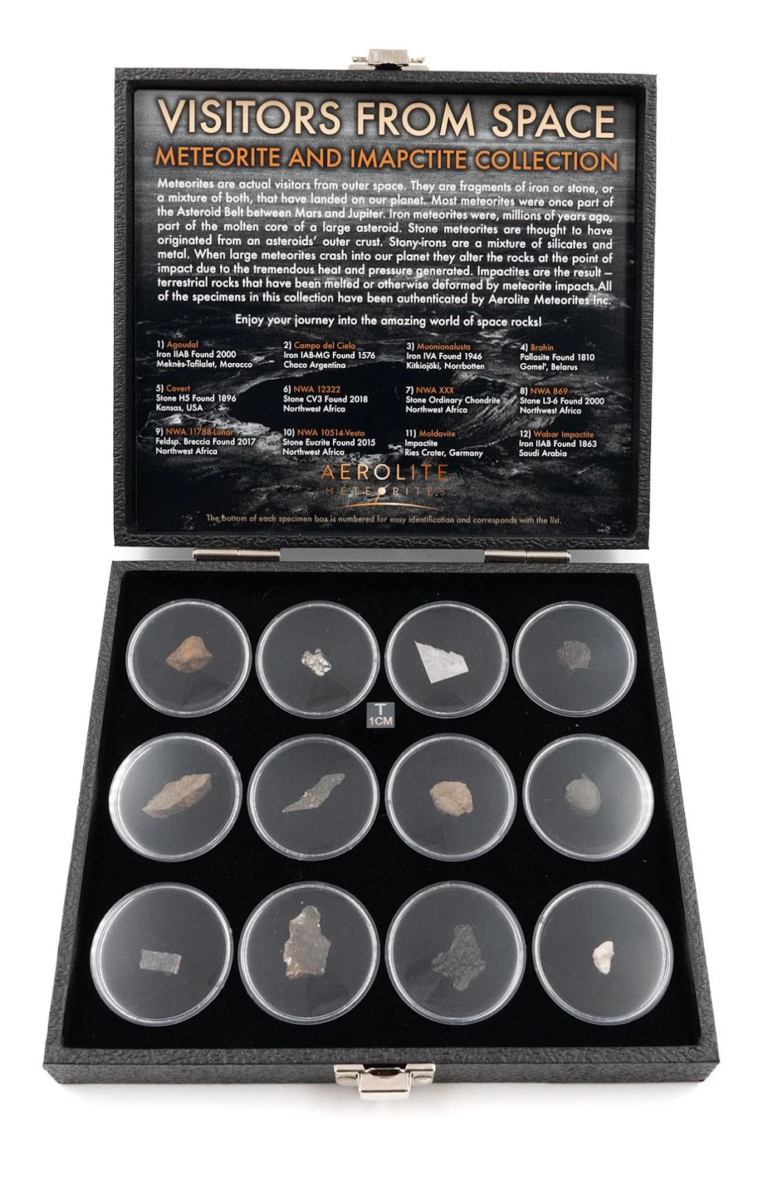Friday, January 6
It’s been a while since observers have had a reasonably bright comet to view. But Comet 45P/Honda-Mrkos-Pajdusakova currently glows around 7th magnitude in the early evening sky. It lies low in the southwest after twilight fades away, however, so set up your scope and be ready to view by 6 p.m. local time. This evening, the comet passes less than 1° east of the 4th-magnitude star Theta (q) Capricorni. Look for a roundish patch of hazy light, a stark contrast to the pinpoint stars nearby. The comet will disappear into the Sun’s glare in another week but reappear before dawn in late January. It will climb high in February, passing nearly overhead around midnight local time.
Saturday, January 7
The variable star Algol in Perseus appears faintest at 12:30 a.m. EST tomorrow morning, when it shines at magnitude 3.4. If you start watching it immediately after darkness falls, you can see it dim from its peak brightness (magnitude 2.1) to minimum and then rise back to maximum all in a single night. This eclipsing binary star runs through a cycle from minimum to maximum and back every 2.87 days, but the drop from peak brightness and subsequent rise lasts only about 10 hours. Algol appears nearly overhead soon after darkness falls and descends toward the northwestern horizon after midnight.
The dwarf planet Pluto is in conjunction with the Sun at 2 a.m. EST. The distant world then lies on the far side of the Sun from our perspective and can’t be seen.
Sunday, January 8
Mars continues to put on a nice show these January evenings. It appears 30° above the southwestern horizon once twilight fades to darkness, and it doesn’t set until after 9 p.m. local time. The magnitude 0.9 Red Planet currently lies among the background stars of Aquarius. A telescope shows the world’s 6″-diameter disk, though you’ll be hard-pressed to see any surface detail except under exceptional viewing conditions.
Monday, January 9
Although people in the Northern Hemisphere experienced the shortest day of the year nearly three weeks ago (at the winter solstice December 21), the Sun has continued to rise slightly later with each passing day. That trend stops this morning for those at 30° north latitude. Tomorrow’s sunrise will arrive a fraction of a second earlier than today’s. This turnover point depends on latitude. If you live farther north, the switch occurred a few days ago; closer to the equator, the change happens later in January.
Tuesday, January 10
Although Saturn passed on the opposite side of the Sun from Earth one month ago today, it already appears low in the southeast during morning twilight. From mid-northern latitudes, the ringed planet lies about 10° above the horizon an hour before sunrise. It shines at magnitude 0.5, which makes it the brightest point of light in its host constellation, Ophiuchus the Serpent-bearer.
The Moon reaches perigee, the closest point in its orbit around Earth, at 1:01 a.m. EST. It then lies 225,706 miles (363,238 kilometers) away from us.
Wednesday, January 11
Full Moon officially arrives at 6:34 a.m. EST tomorrow morning, but it looks completely illuminated all night. You can find it rising in the east just before sunset and peaking high in the south around midnight. It dips low in the west by the time morning twilight starts to brighten the sky. The Moon lies in southern Gemini the whole night through.
Thursday, January 12
Venus appears brilliant in the western sky starting within a half-hour after sunset. It reaches greatest elongation today, when it lies 47° east of the Sun, but the planet will remain the evening sky’s brightest point of light through late March. It currently shines at magnitude –4.6, some 10 times brighter than the second-brightest object, Jupiter. Venus stands about one-third to the zenith 30 minutes after the Sun goes down and doesn’t set until nearly 9 p.m. local time. When viewed through a telescope this evening, Venus appears 25″ across and half-lit. You also might glimpse its outer solar system neighbor, 8th-magnitude Neptune, which stands 0.4° south of Venus this evening.
Friday, January 13
If you look to the lower left of Saturn before dawn this week, you can catch a nice view of Mercury. This morning, the inner planet lies 10° above the southeastern horizon 30 minutes before sunrise. Shining at magnitude –0.1, it shows up nicely through the twilight glow. (If you don’t spot it right away, binoculars will bring it into view.) A telescope reveals Mercury’s 7.5″-diameter disk, which appears about half-lit.
Saturday, January 14
The waning gibbous Moon appears in the company of 1st-magnitude Regulus tonight. The pair rises in the east around 8 p.m. local time and climbs high in the south after midnight. Just 1° — twice the Moon’s apparent diameter — separates the two.
Sunday, January 15
Jupiter dominates the morning sky in early January. The giant planet rises shortly after midnight local time and climbs halfway to the zenith in the southern sky by the time twilight begins. Jupiter shines brilliantly at magnitude –2.0 and shows a disk that spans 37″ when viewed through a telescope. A small scope also reveals the planet’s four bright moons, though you may have to hunt for one of them this morning. The shadow of volcanically active Io starts to transit Jupiter at 1:45 a.m. EST, and the moon itself begins to cross the planet’s disk at 2:59 a.m. Both transits last a little more than two hours.

